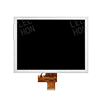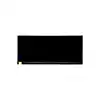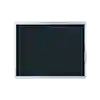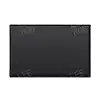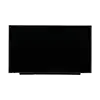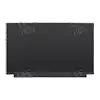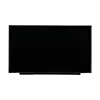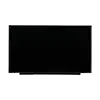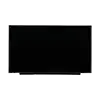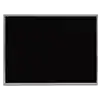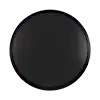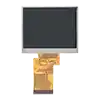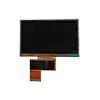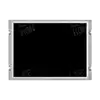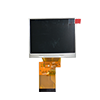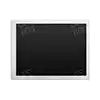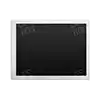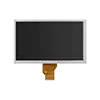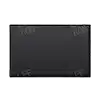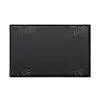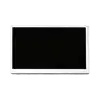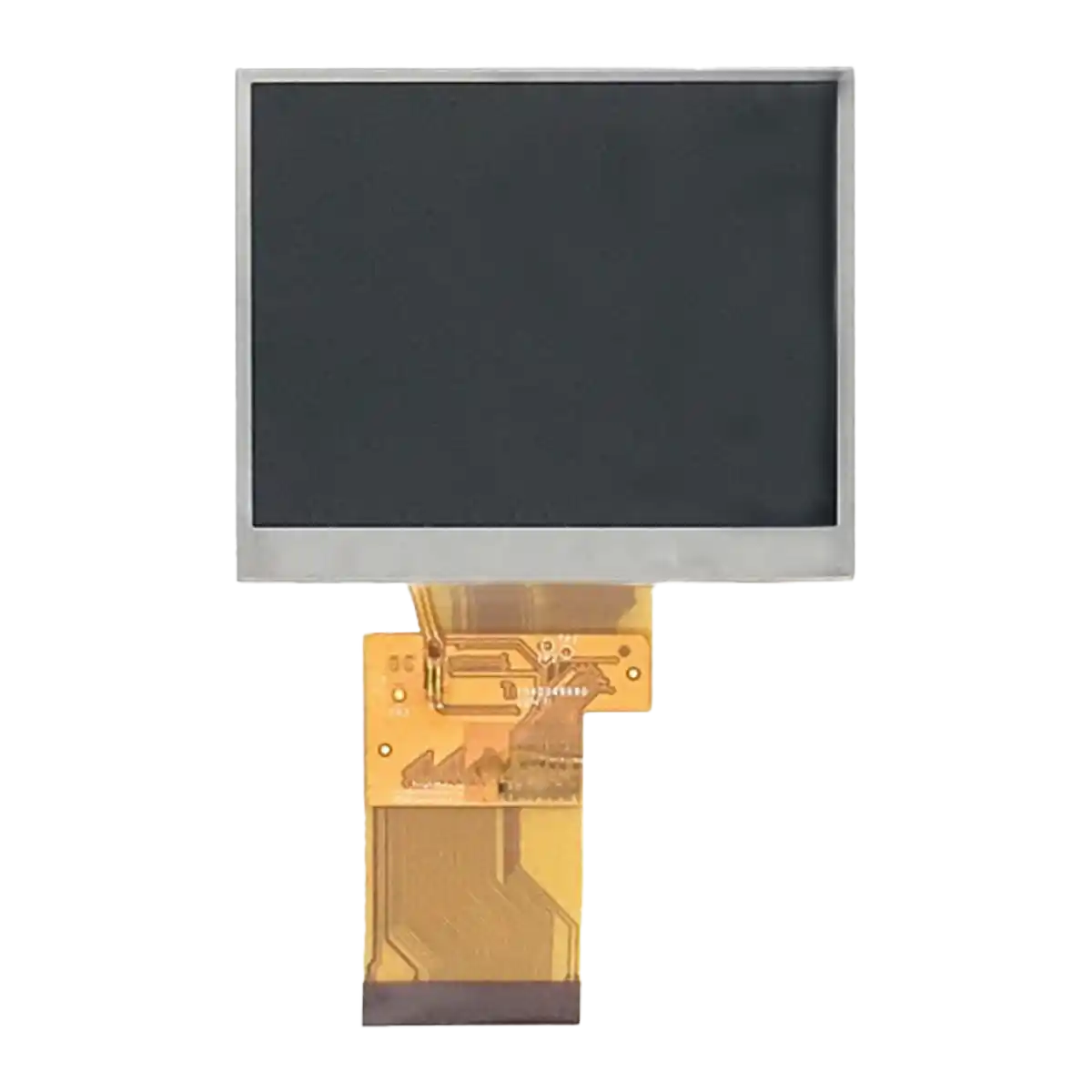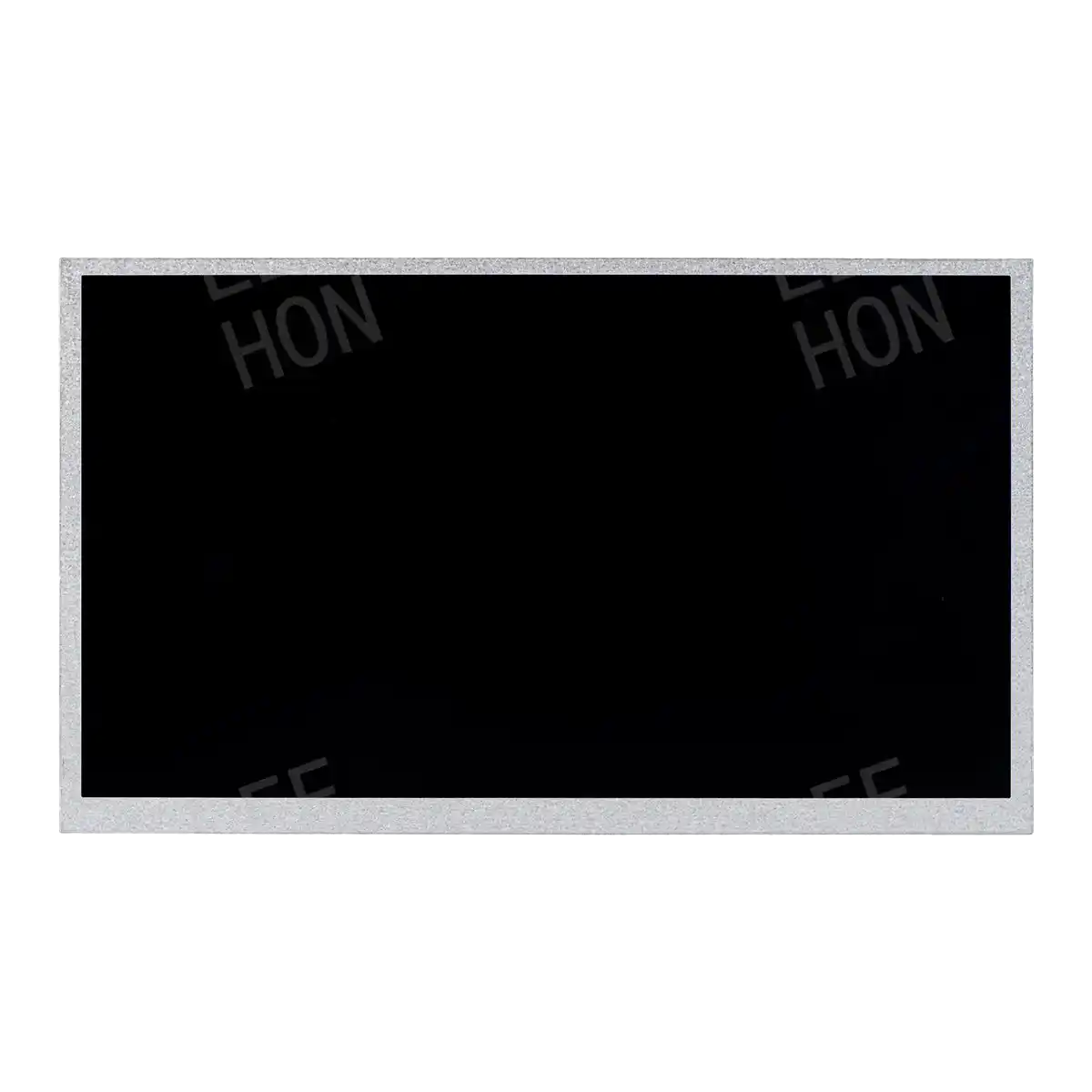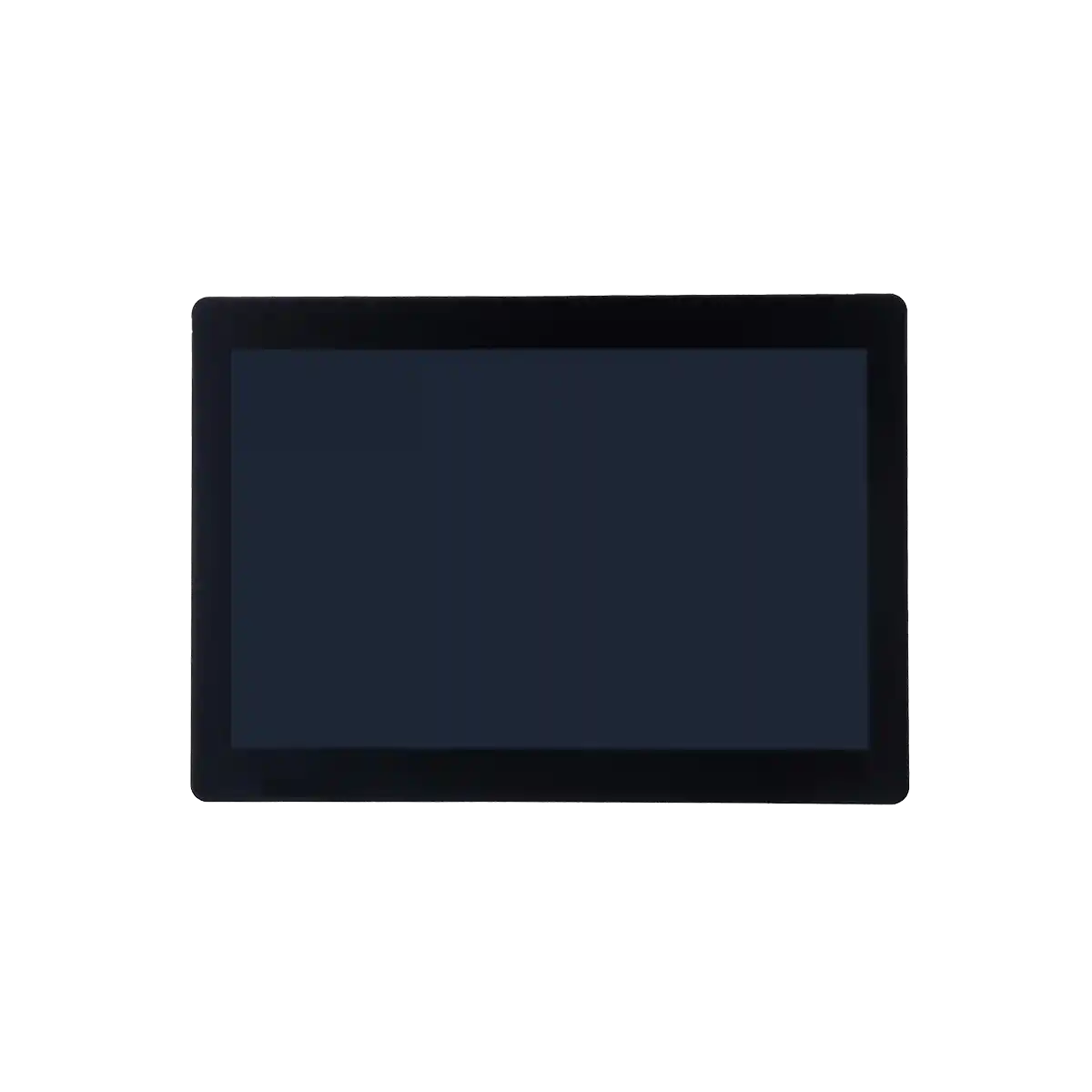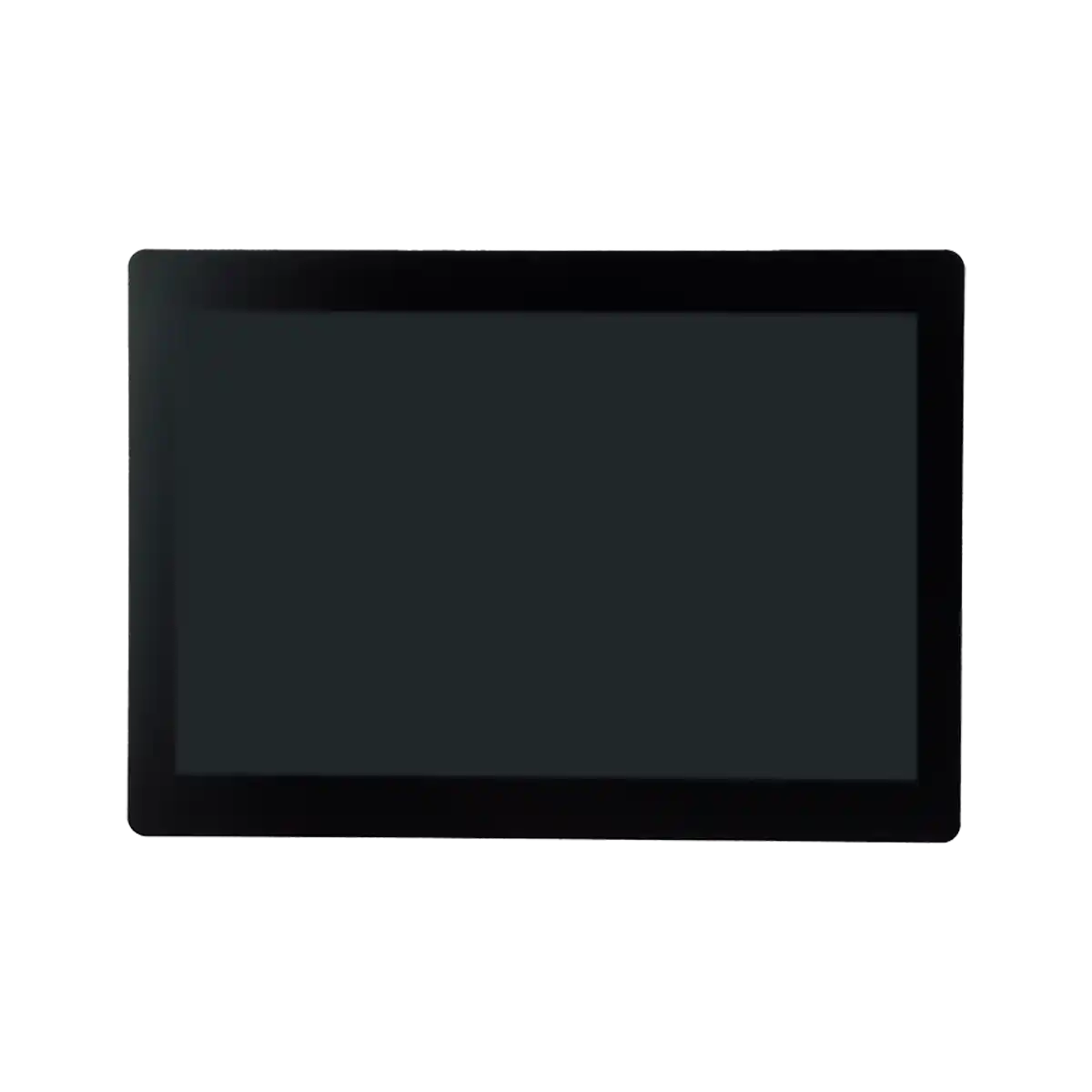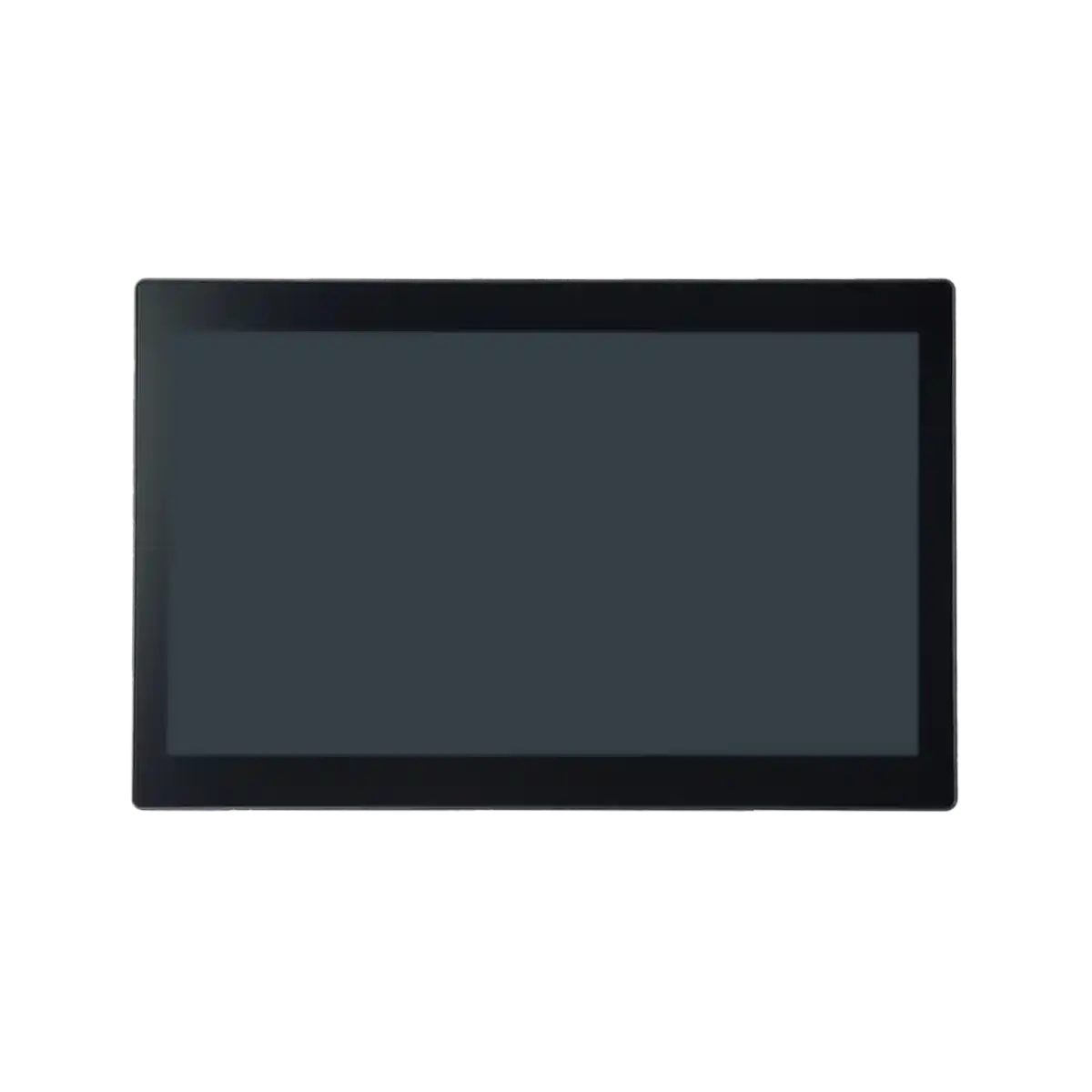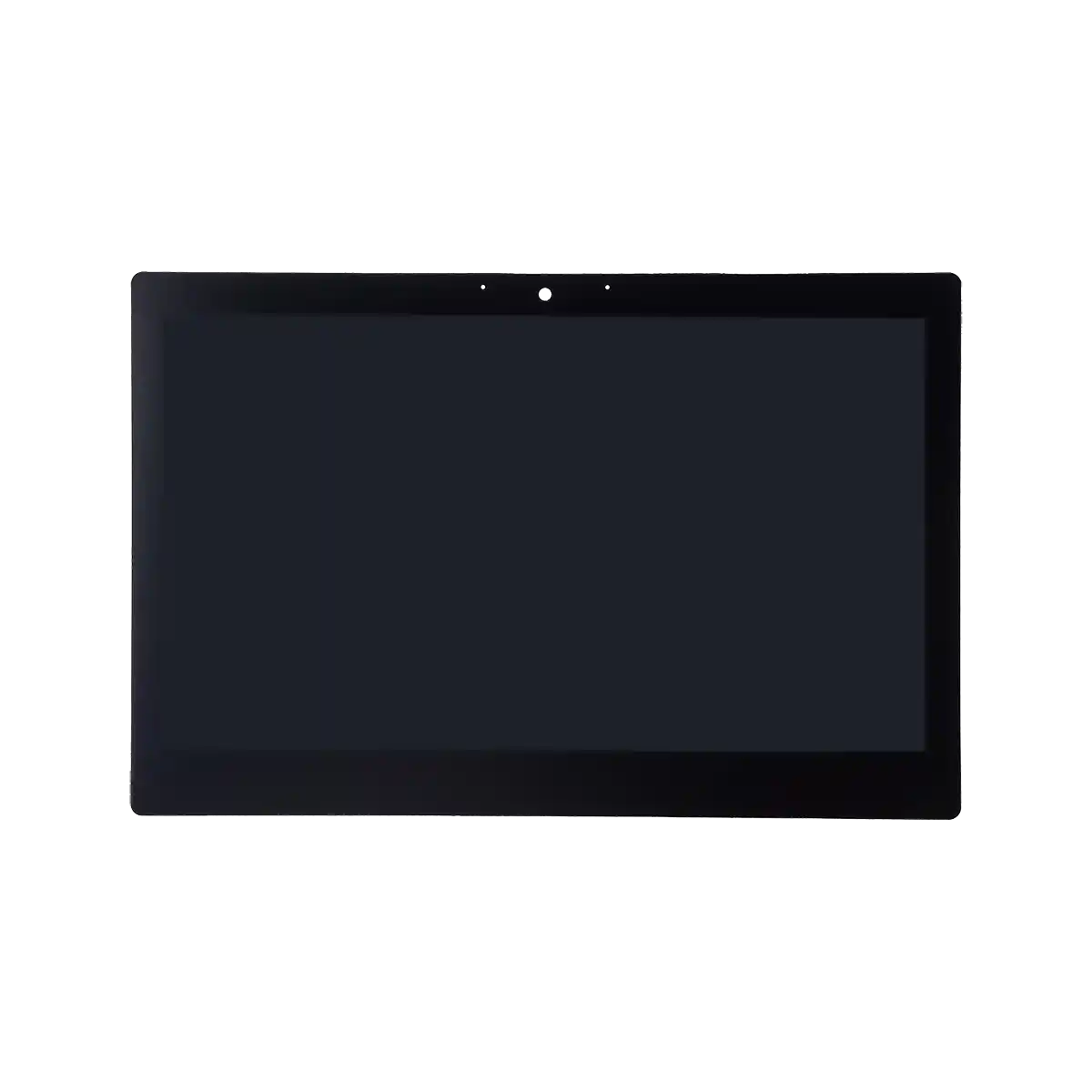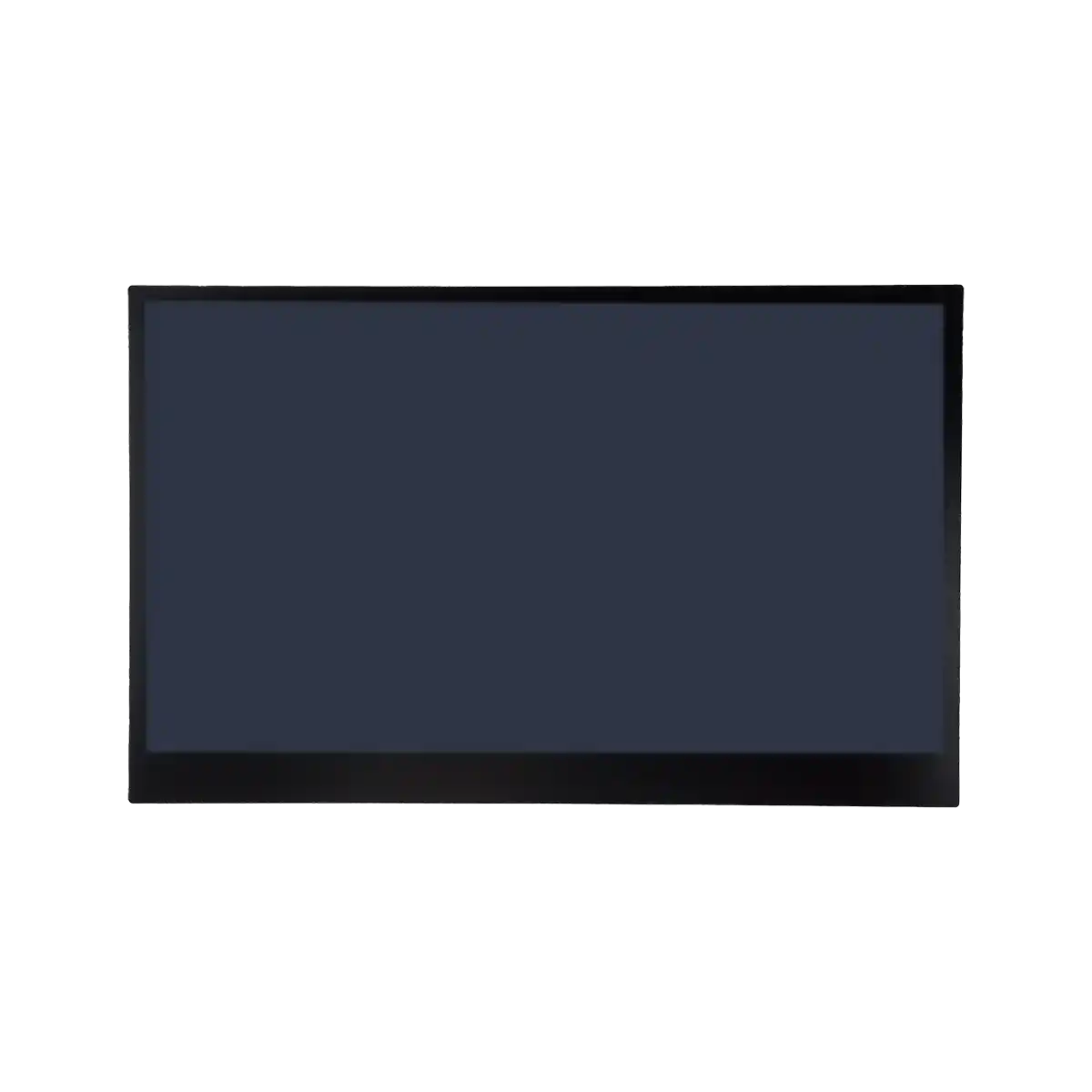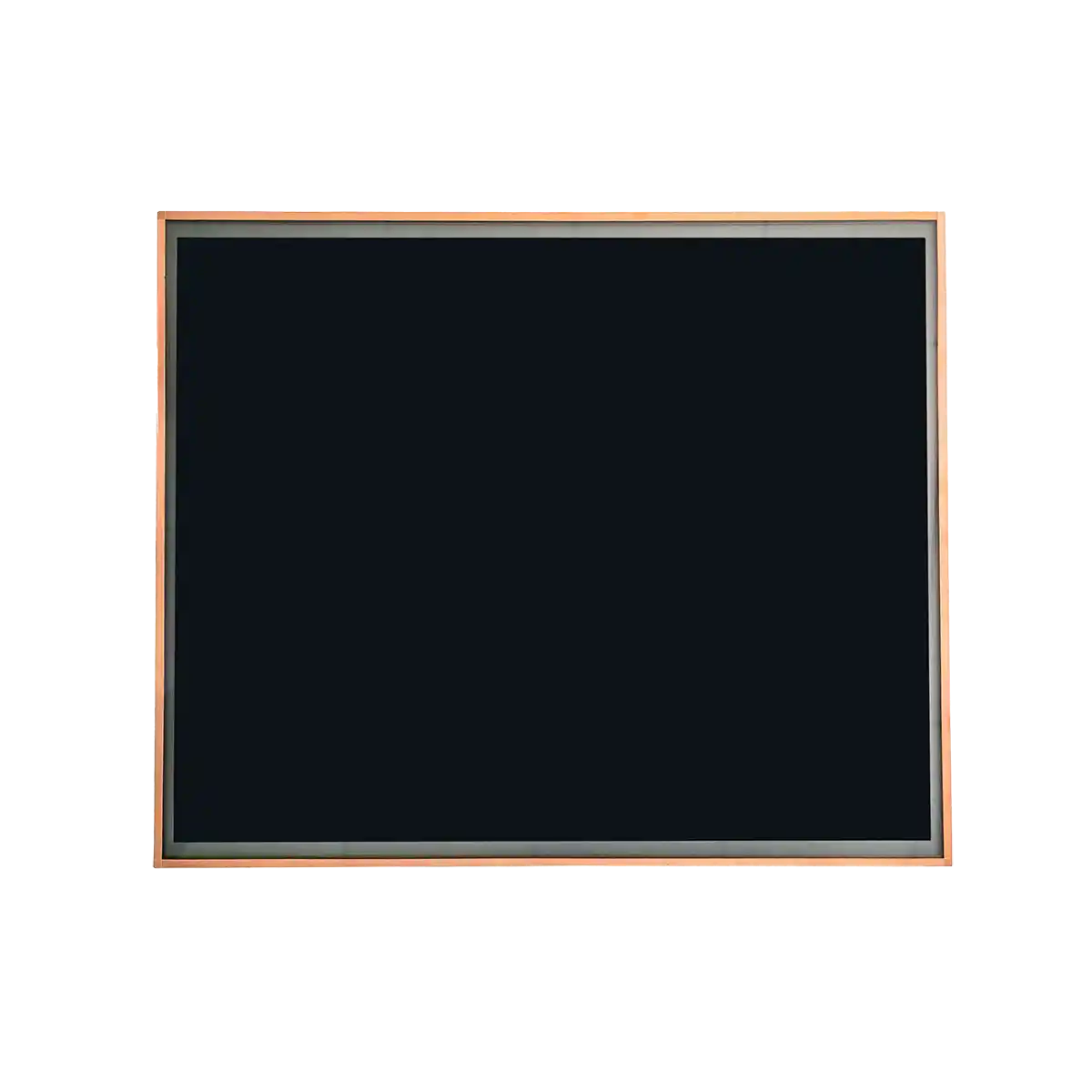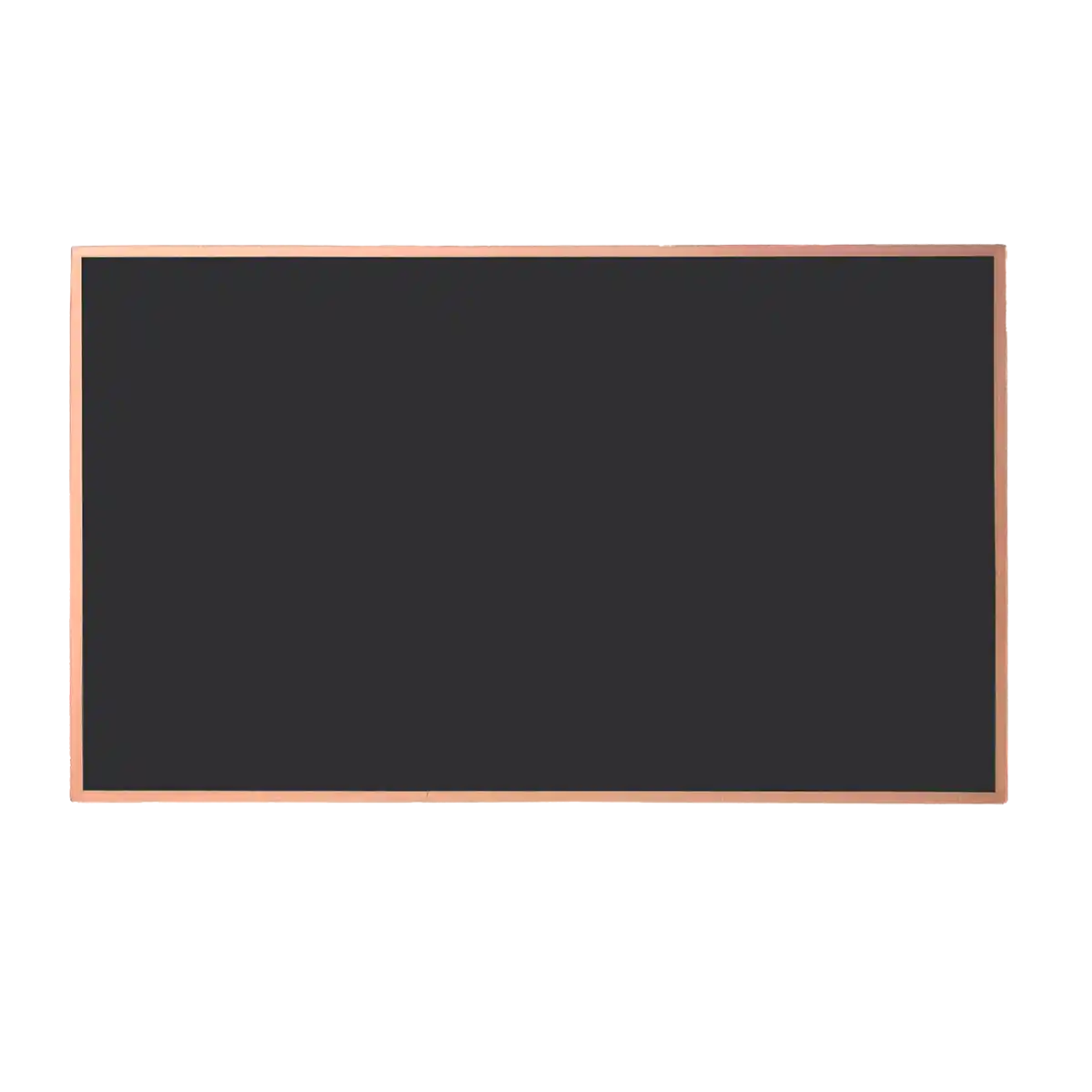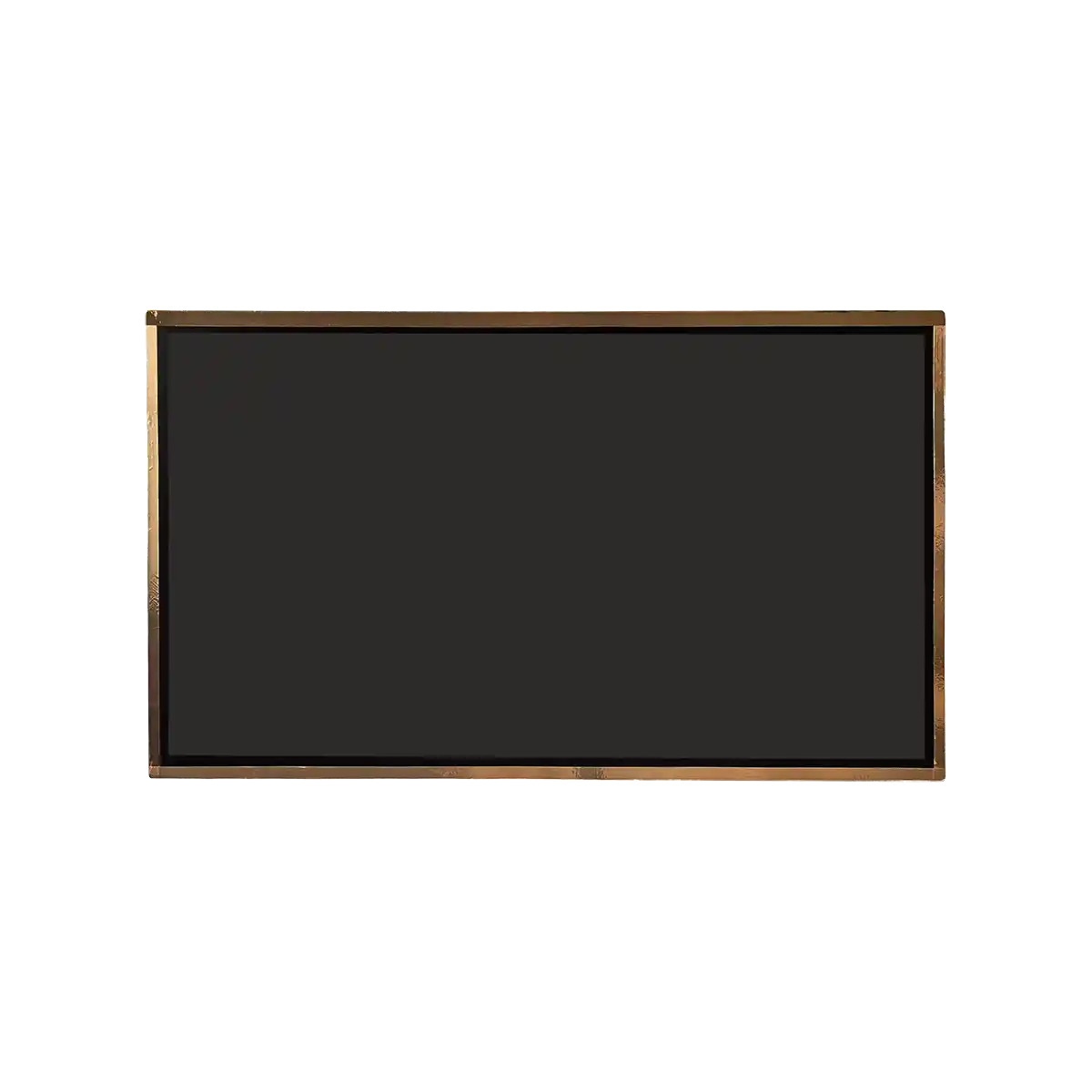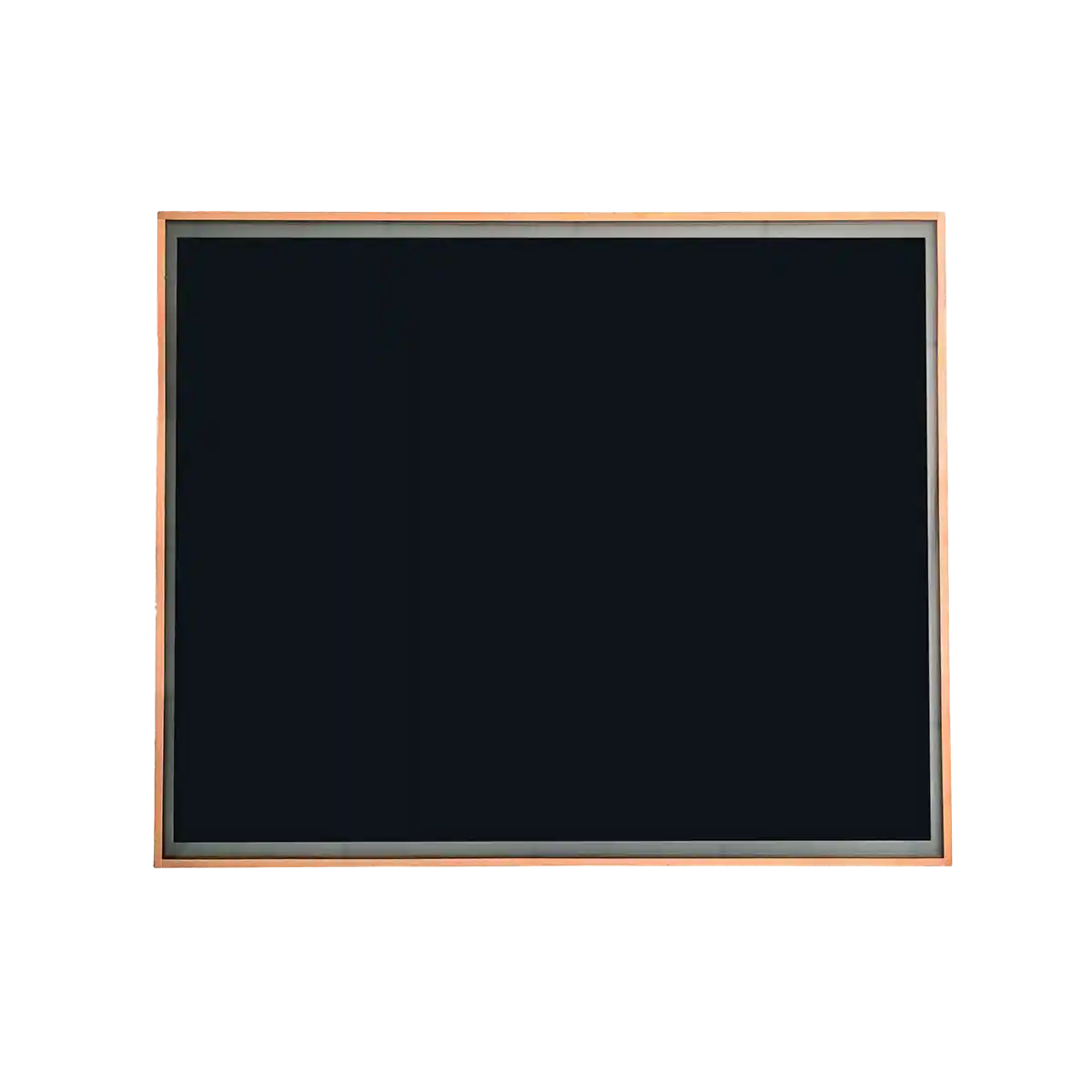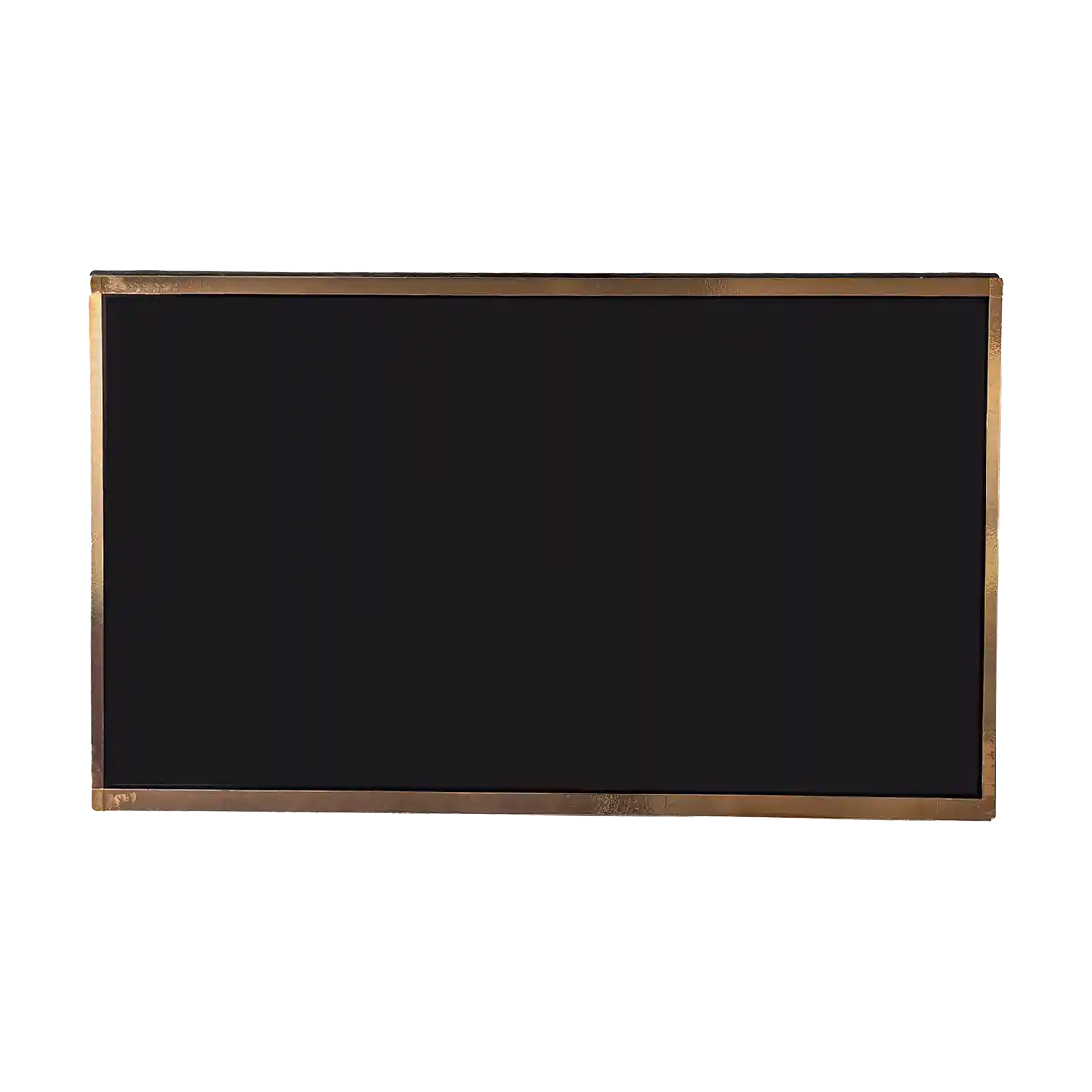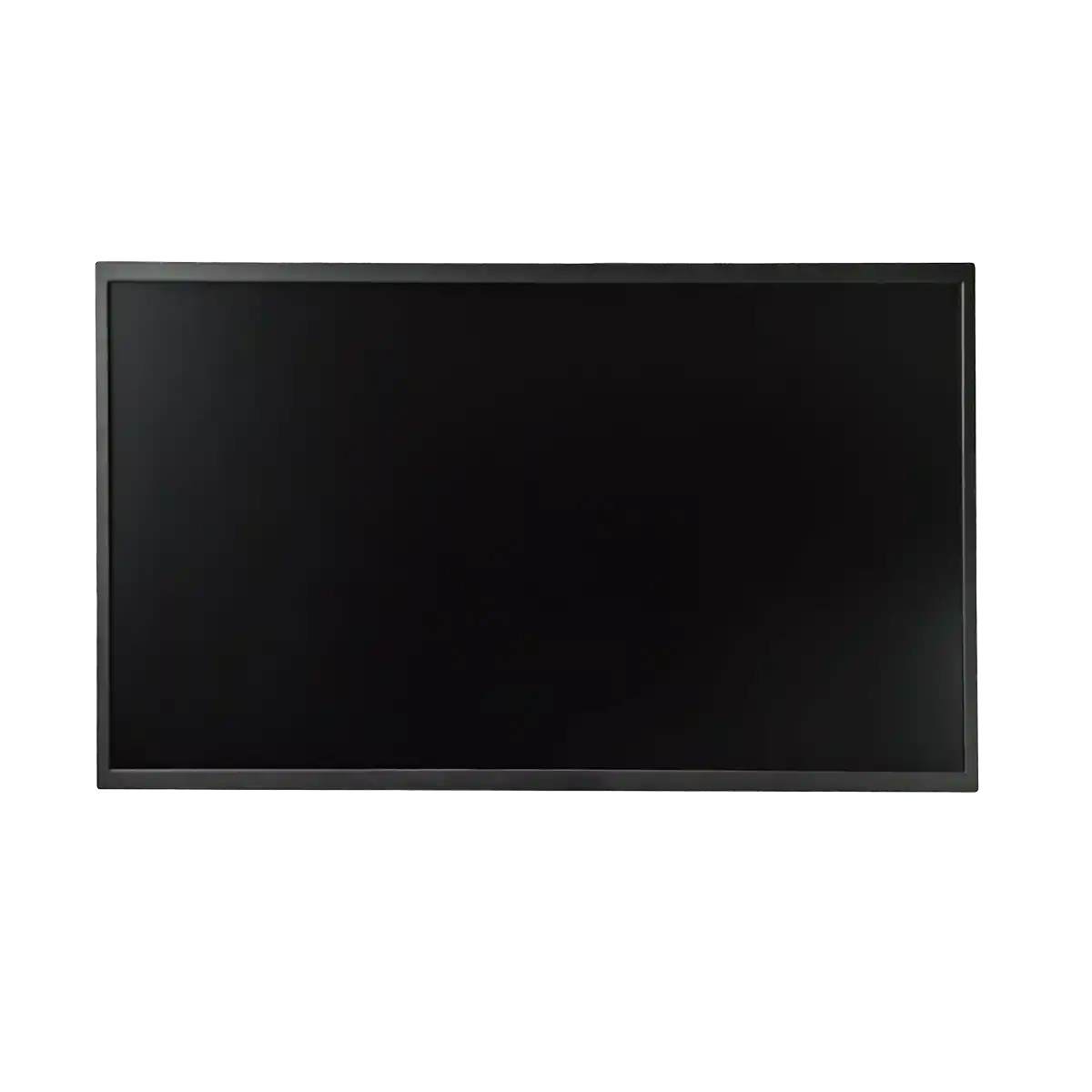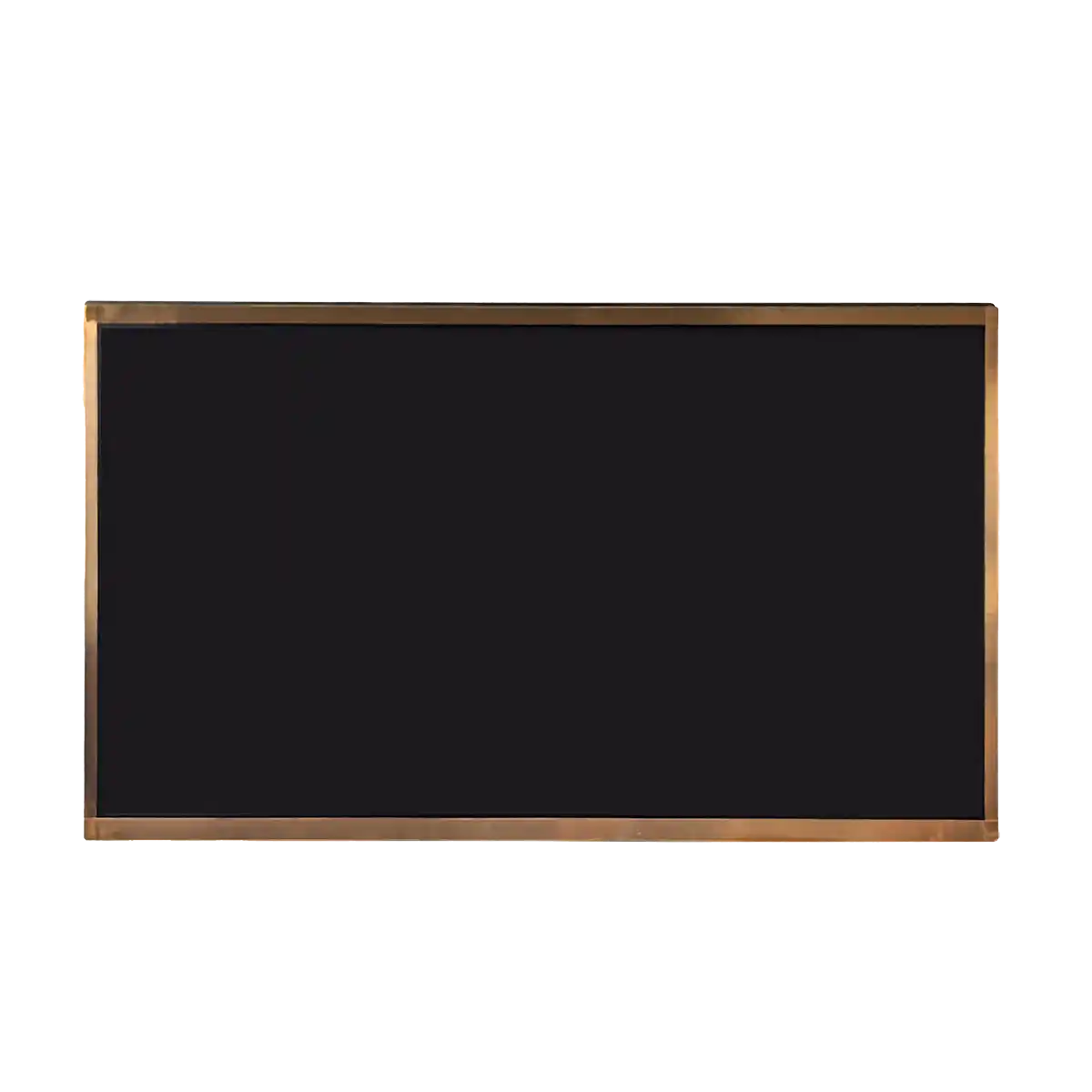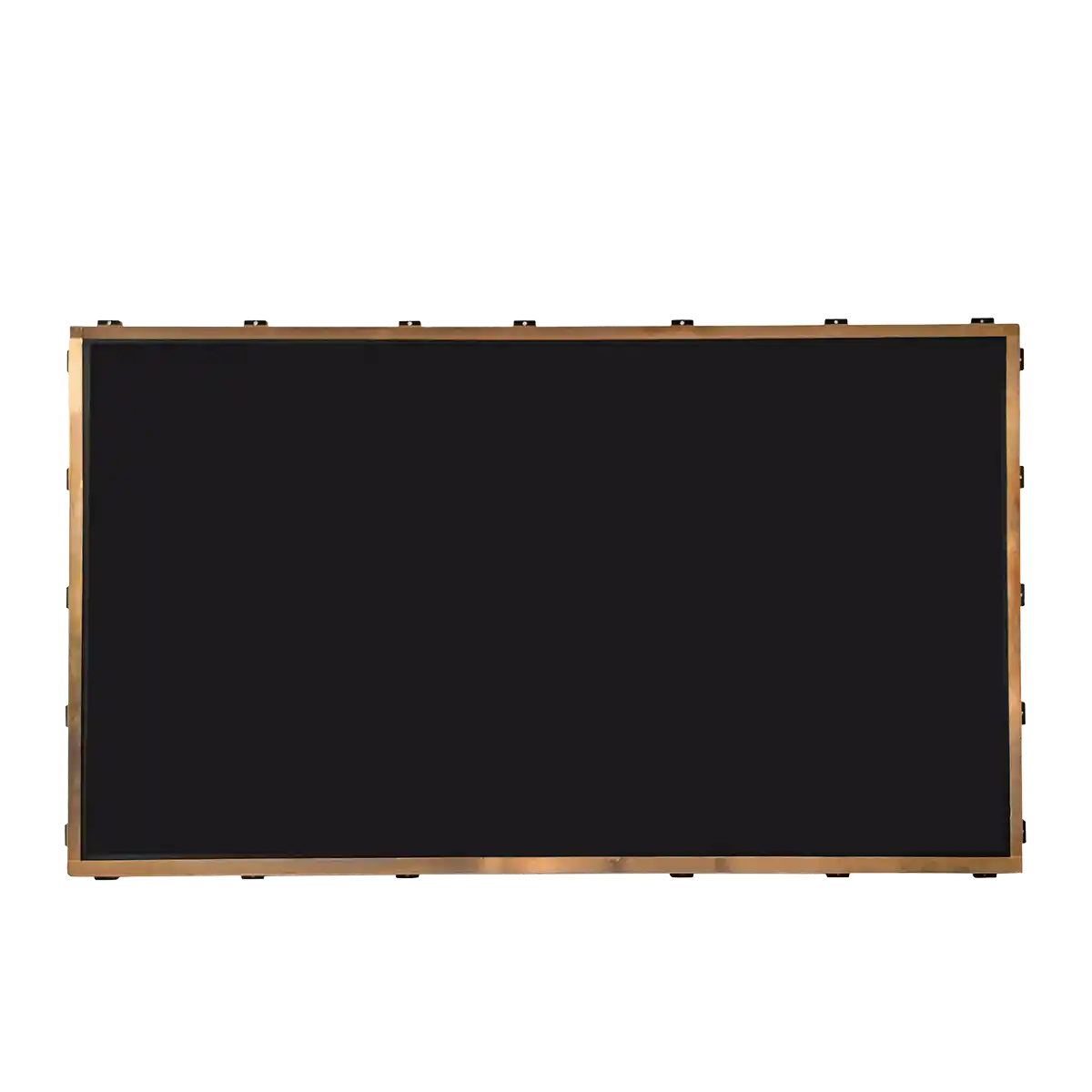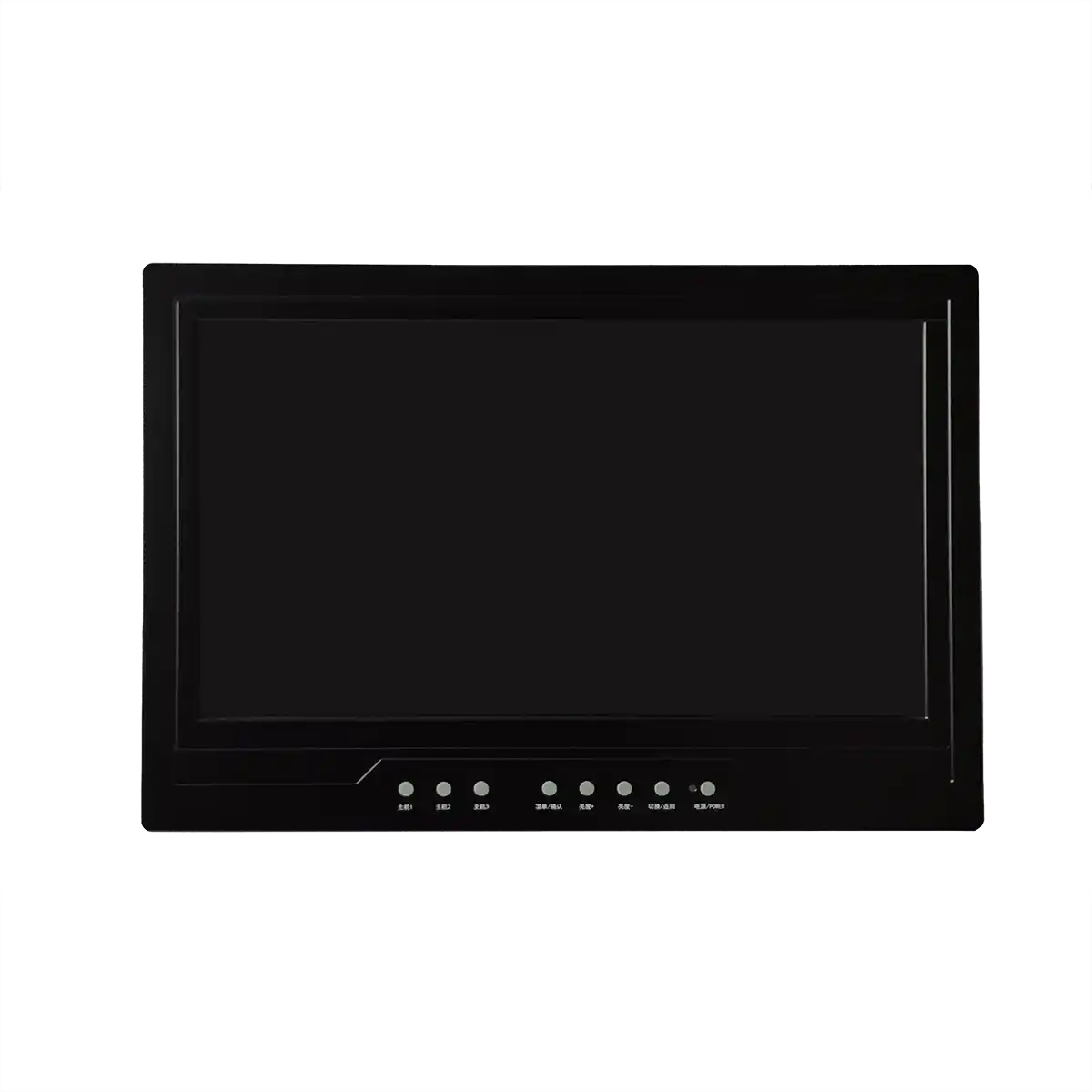Advancements in Industrial LCD Panel Technology: A Look at the Latest Innovations
The journey of the Industrial LCD Screen began with the development of the liquid crystal display, a technology that uses liquid crystals to modulate light and create images. Over the years, this technology has evolved to meet the stringent requirements of industrial applications. One of the key advancements is the improvement in durability and resistance to environmental factors. Industrial LCD Screens now feature enhanced resistance to temperature fluctuations, humidity, and shock, making them suitable for use in harsh conditions.
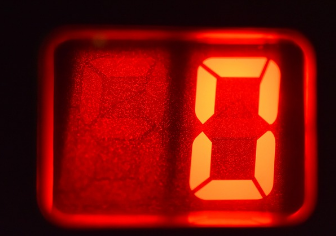
Resolution has also seen significant improvements, with the advent of high-definition (HD) and ultra-high-definition (UHD) panels. These screens offer crisp, clear images with a high pixel density, which is crucial for applications that require detailed visual data, such as medical imaging or surveillance systems.
Another notable innovation is the development of touch-sensitive Industrial LCD Screens. These panels incorporate capacitive or resistive touch technology, allowing for direct interaction with the display. This feature is particularly useful in settings where quick, intuitive control is necessary, such as in manufacturing control rooms or interactive kiosks.
Energy efficiency has also been a focus area, with new backlighting technologies like LED (Light Emitting Diode) improving the power consumption of Industrial LCD Screens. This not only reduces operational costs but also aligns with the growing emphasis on sustainability in industrial operations.
Furthermore, the integration of smart sensors and connectivity options in Industrial LCD Screens is opening up new possibilities. These screens can now be part of the Internet of Things (IoT), allowing for real-time data monitoring, remote diagnostics, and predictive maintenance.
Conclusion
The advancements in Industrial LCD Panel Technology are not just incremental; they represent a fundamental shift in how we interact with and utilize display systems. The improvements in durability, resolution, touch interactivity, energy efficiency, and smart integration have made Industrial LCD Screens more versatile and powerful than ever before. As these technologies continue to evolve, we can expect even greater capabilities, including more seamless integration with artificial intelligence and machine learning algorithms, enhancing decision-making processes in various industries.
Expansion
Looking to the future, the potential for further innovation in Industrial LCD Screens is vast. One area of interest is the development of flexible and curved displays, which could revolutionize the design of industrial equipment and consumer electronics alike. The ability to bend and shape these screens could lead to new form factors and user experiences.
Another promising area is the integration of augmented reality (AR) and virtual reality (VR) elements within Industrial LCD Screens. This could provide workers with an overlay of digital information onto the real world, enhancing their ability to perform complex tasks and making training and education more immersive.
Additionally, as we move towards a more connected world, the role of Industrial LCD Screens in facilitating this connectivity will only grow. We can anticipate the development of more sophisticated user interfaces that will allow for easier interaction with the IoT, making industrial processes more efficient and data-driven.
Recommended Articles
-
Are the displays in Tesla's Cyb
2024-12-10 -
Interpretation Report on AUO's
2024-12-05 -
ADS Pro: The Future of Display
2024-12-04 -
The Trajectory of South Korea's
2024-12-04 -
Practical Applications of Indus
2024-09-26 -
Hangzhou LEEHON Technology supp
2024-09-14 -
How to Check for Issues in Indu
2024-09-11 -
How does an LCD screen find ind
2024-09-11 -
What is the difference between
2024-09-11 -
In-depth analysis of the develo
2024-09-10


